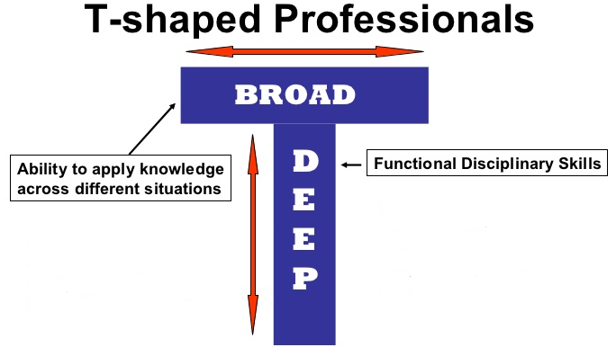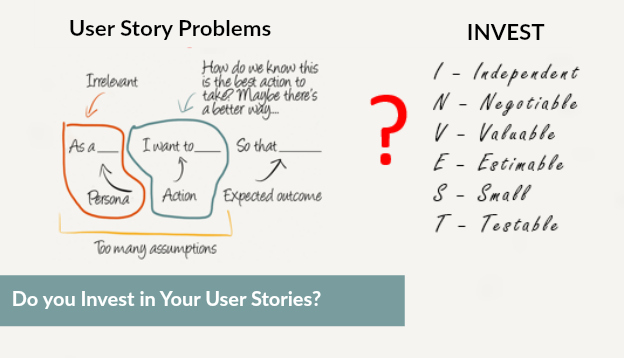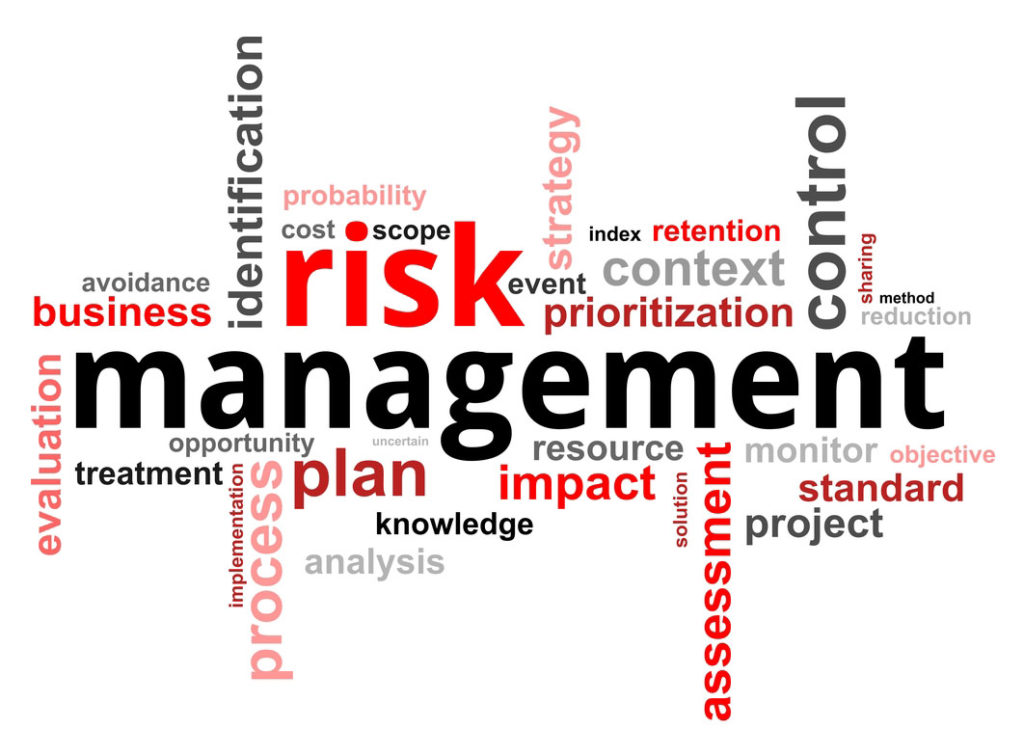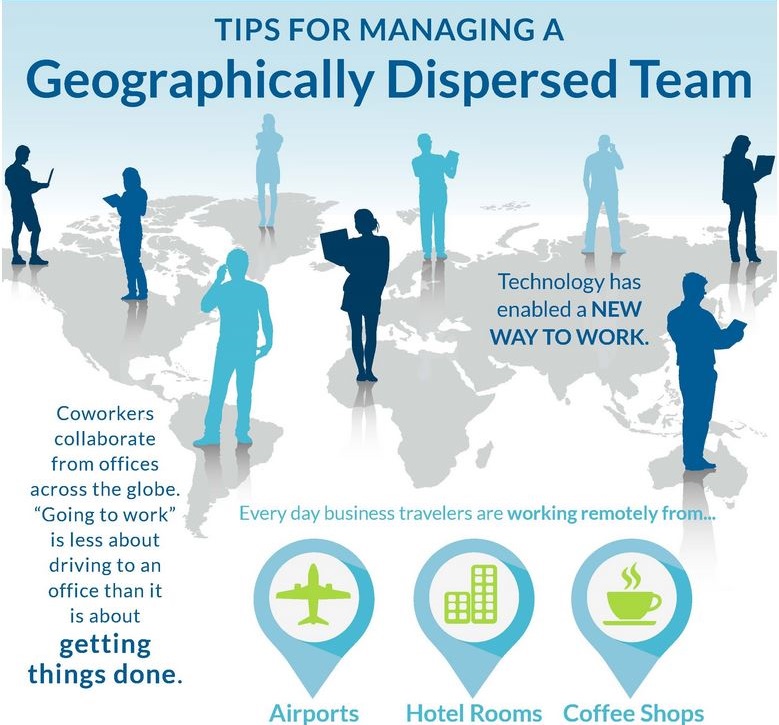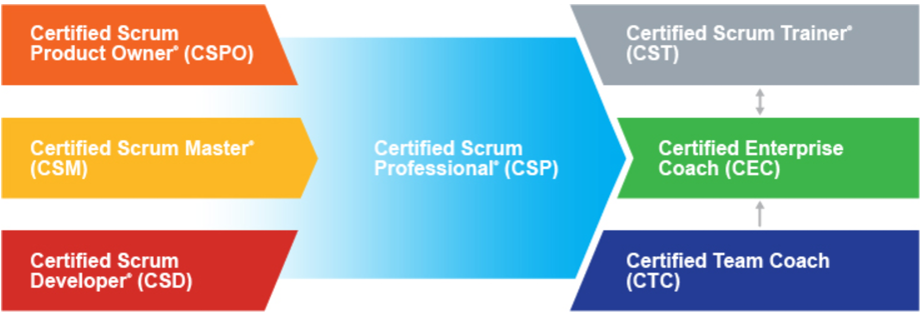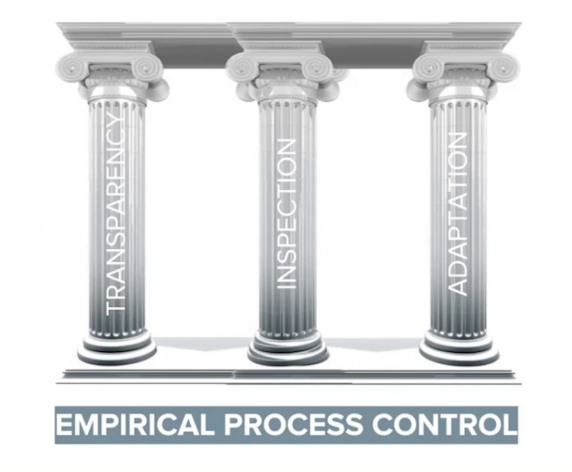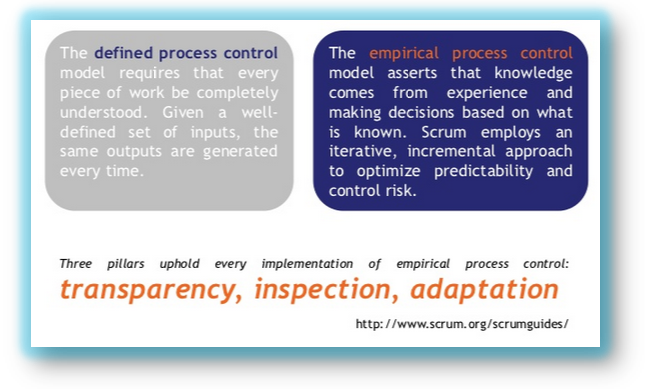Articles
The Why and the How of Cross-Functional Teams in Scrum
No methodology, let alone a framework of that methodology, or any of the processes defined by that methodology, can be followed without having an effective team to follow that methodology and implement those processes. One of the four core values of agile software development as stated by the Agile Manifesto states the importance of individuals…
Read MoreHow To Write Good Requirements / User Stories In Scrum
Consider that 70% of software projects fail due to poor requirements. The estimated rework associated with these failures exceeds 45 billion USD annually. The question is – why is this happening? The answer is twofold. First, business requirements tend to lose focus on the customer; and second, the requirements lack a holistic frame of reference…
Read MoreIcebreakers to Use When Networking
Are you new to networking? Not sure what to say? Read these helpful tips. Ask people about themselves. Most people love to talk about themselves. Some good icebreakers are: What do you do for work? What company do you work for? How did you hear about this event? Do you belong to other meetup groups?…
Read MoreEffective Risk Management with Scrum in 6 Easy Steps
One of the most important responsibilities of the ScrumMaster is to remove impediments or obstacles impacting the Scrum team. If they are already affecting the Scrum team’s productivity, they can be classified as issues. The sprint retrospective is a formal ceremony or meeting where the team inspects how they did during the last sprint, including…
Read MoreScrum: 10 Tips On Improving Quality
At the beginning of my career, right out of Drexel University (with a year and a half of co-operative education experience in my field), I saw a chart which resonates with me to this day. That chart is included with this article, and represents how the cost of identifying and fixing a defect increases dramatically…
Read More7 Ways To Address Geographically Dispersed Scrum Development Teams
Geographically distributed or dispersed teams can impact the effectiveness of a Scrum development team – especially in the way in which they communicate and collaborate. Teams are ideally located in an open, co-located space and globally dispersed resources should be on webcam. The top three geographically dispersed team challenges are: Time Zones We may…
Read More10 Steps To Take To Transition To Agile
I am often asked by people in my workshops as well as by companies: “How can we transition to agile? What do you suggest?” The challenges that companies will likely need to address during the transition to agile are focused on the major differences between waterfall and agile mindsets. However, by understanding these characteristics, teams…
Read MoreScrum Alliance Certifications: Benefits and Career Paths
The Scrum Alliance offers a number of different certification paths to become certified in Scrum. According to the Scrum Alliance, Scrum training and certification allows individuals to fulfill the vision of the Agile Manifesto through the furthering of greater collaboration, productivity, and success among team members. Certifications can allow individuals to stay current with best…
Read MoreThree Pillars Of Scrum
The three pillars of Scrum that uphold every implementation of empirical process control are: Transparency Inspection Adaptation Let’s explore a bit more about these three pillars, and why they are so essential to the Scrum framework. Transparency allows all facets of any Scrum process to be observed by anyone. This promotes an easy and transparent…
Read MoreScrum: Empirical Process Control Vs. Defined Process Control
I talked a bit about empirical process control, upon which the Scrum framework is based, in one of my earlier posts last year (https://www.agileaces.net/importance-sprint-retrospective/). But I wanted to dive more into empirical process control, including what it is, the difference between empirical process control (evolutionary product planning) and defined process control (traditional fixed planning), and…
Read More
